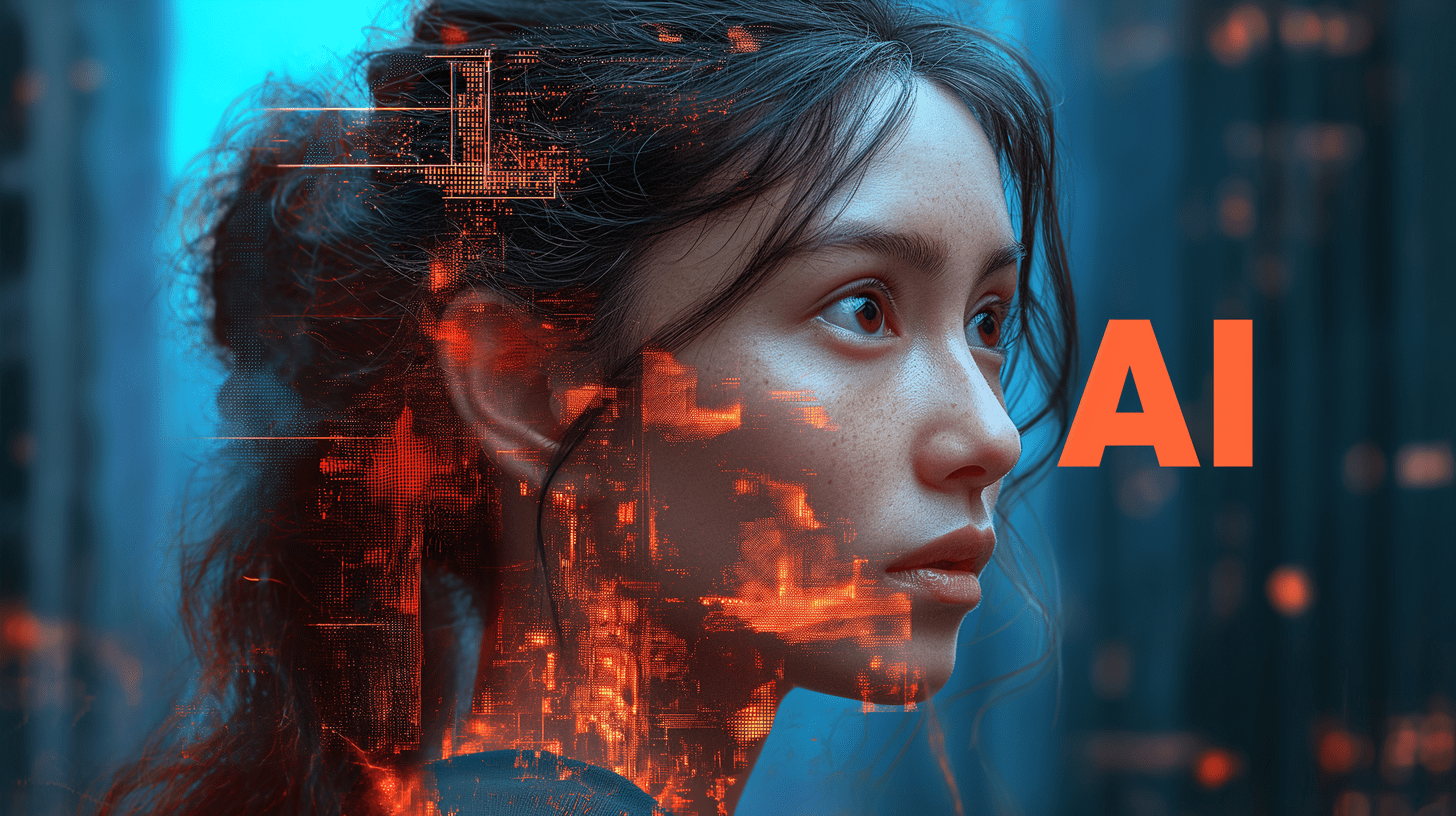As we navigate the rapidly evolving landscape of Artificial Intelligence (AI) in 2024, the workforce faces both unprecedented challenges and exciting opportunities. The fear of job displacement due to automation and AI has intensified, prompting a critical examination of the future of work and the roles humans will play in an AI-driven world.
The AI Revolution: Fears and Realities
Historical Context
- Fears of job losses due to technology have persisted since the 1960s
- Recent advancements in AI have amplified these concerns
- Tech entrepreneurs like Elon Musk fuel anxiety with predictions of AI surpassing human intelligence
The Changing Nature of Work
- Routine, rules-based, and process-driven roles are at risk of automation
- Non-routine, creative, and knowledge-based tasks are increasingly susceptible to AI replication
- Generative AI (e.g., ChatGPT) demonstrates the potential for AI in complex tasks
AI’s Impact on Various Job Categories
Routine and Repetitive Tasks
- AI aims to absorb repetitive tasks, freeing humans for more challenging work
- Decreasing levels of human engagement required for data-dependent tasks
- Need for human intervention remains to address errors and biases
Creative and Knowledge-Based Work
- Artificial neural networks and machine learning expand AI capabilities
- Increased efficiency and quality in product and service delivery
- Traditional AI bottlenecks (social intelligence, creativity, human perception) are being challenged
Ethical Considerations and High-Risk AI
Concerns with AI in Decision-Making
- Apprehension about AI making personal decisions (e.g., hiring, opportunity allocation)
- Need for ethical AI models: explainable, fair, and robust
- Importance of removing systemic bias in AI training data
Regulatory Safeguards
- High-risk AI requires clear impact assessments
- Human intervention and oversight crucial for efficacy and reliability
- AI should augment, not replace, human decision-making
Economic and Social Implications
Job Displacement and Creation
- Fears of widespread job losses due to AI
- Historical perspective: economies have adapted and created new roles over time
- Example: Shift in agricultural employment from 40% in 1900 to 2% today
Employee Concerns and Mental Health
- Anxiety about long-term employment and economic insecurity
- Risk of increased workload complexity and pace
- Potential for isolation in AI-supported flexible work arrangements
Leadership in the AI Era
The Human Touch
- Increasing importance of empathy, sympathy, and emotional intelligence
- Leaders must communicate clear visions while addressing workforce concerns
- Emphasis on building a culture that embraces AI’s potential
Strategies for Navigating AI Integration
- Embrace failure as part of the innovation process
- Continuous learning and immersion in AI opportunities
- Cultivate curiosity and experimentation with AI technologies
The Way Forward: Embracing AI While Preserving Humanity
Three Key Steps for Organizations
- Recognize the potential for failure in AI projects and implement safeguards
- View AI as a tool to enhance work experiences through continuous learning
- Encourage an inquisitive approach to AI, fostering experimentation and discovery
Balancing AI and Human Skills
- Develop uniquely human capacities: empathy, creativity, and critical thinking
- Leverage AI to augment human capabilities rather than replace them
- Focus on skills that AI cannot easily replicate: social intelligence and complex problem-solving
As we move further into the AI era, the key to success lies in our ability to adapt, learn, and harness the power of AI while nurturing the irreplaceable human elements that drive innovation, empathy, and creativity. By embracing this balanced approach, we can create a future where AI and human intelligence work in harmony, leading to more fulfilling and productive work environments.

